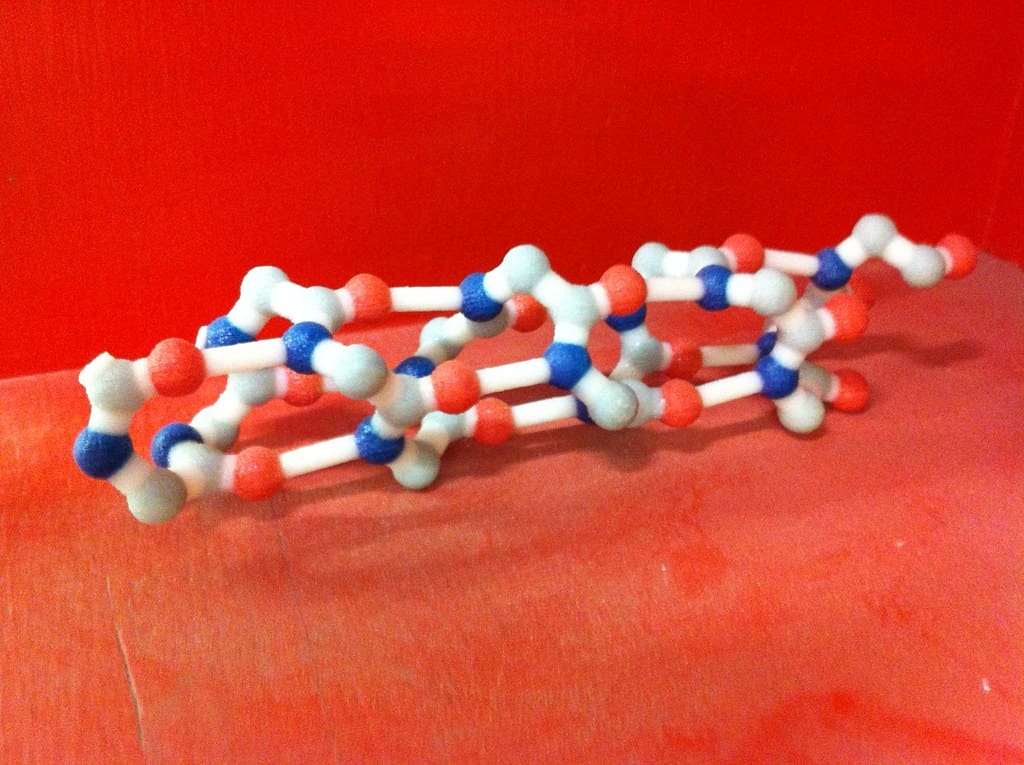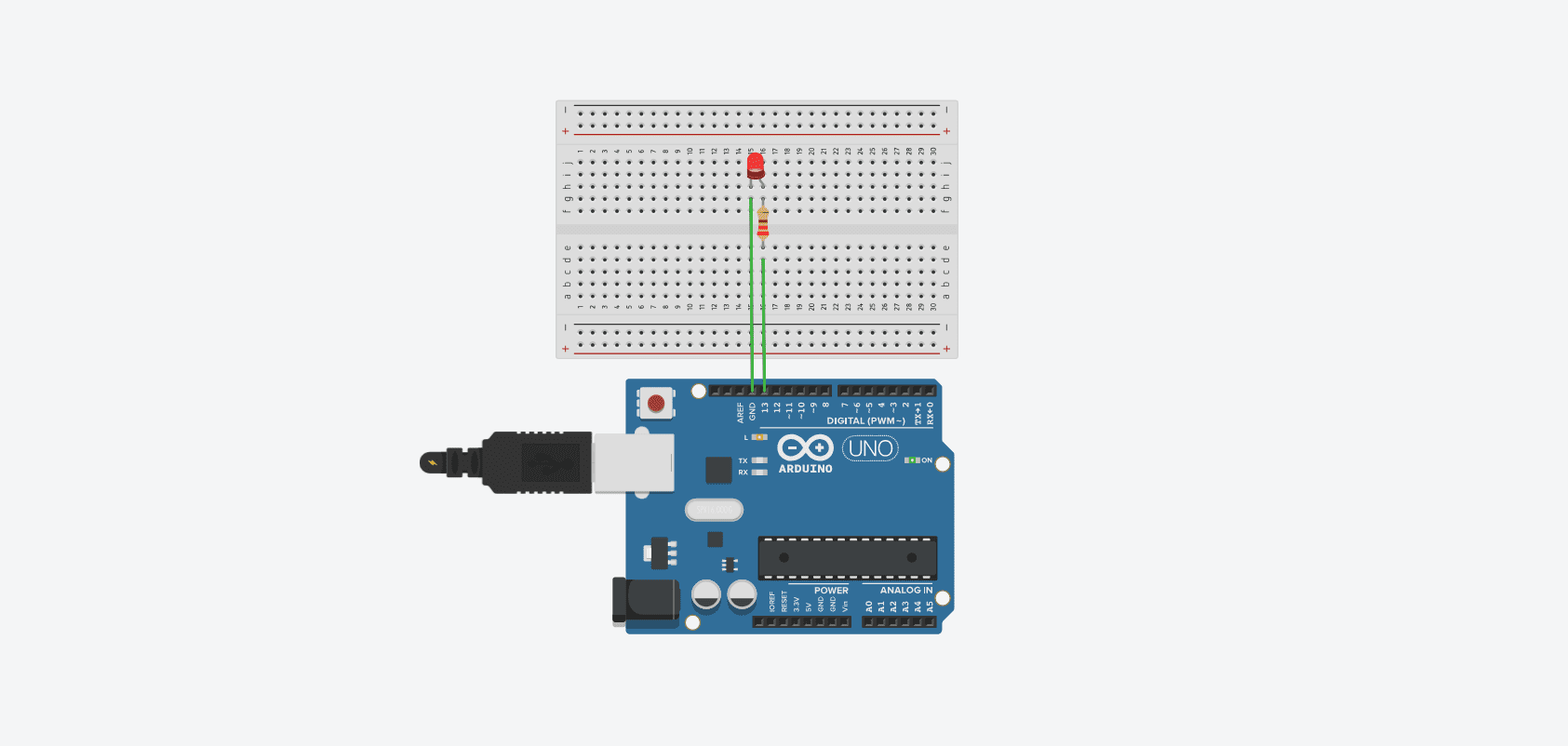Biological systems engineering bridges the gap between engineering principles and biological sciences, focusing on applications in areas such as healthcare, agriculture, and environmental sustainability. The integration of 3D printing, or additive manufacturing, into this field is proving revolutionary, enabling more precise and efficient creation of complex biological structures, biomedical devices, and systems designed to interface with living organisms. This transformative technology is enhancing capabilities in tissue engineering, custom medical implants, biocompatible devices, and ecological conservation efforts, promoting significant advancements in both human health and environmental health.
The Emergence of 3D Printing in Biological Systems Engineering
Originally utilized for prototyping in manufacturing industries, 3D printing has expanded to include the creation of complex, functional structures suited for biological applications. This includes the development of biocompatible materials and techniques capable of fabricating devices and systems that can interact seamlessly with biological tissues and environments. Innovations in 3D bioprinting and the creation of eco-friendly, sustainable materials have enabled engineers and scientists to tackle more complex biological and ecological problems.

Advantages of 3D Printing in Biological Systems Engineering
Precision and Customization: 3D printing offers unparalleled precision in creating structures at the micron level, which is crucial for applications in tissue engineering and microbiology. This precision allows for the customization of implants, prosthetics, and tissue scaffolds according to individual patient anatomy or specific biological research requirements.
Complex Geometries: The ability to fabricate structures with complex geometries is especially beneficial in biological systems engineering, where the functionality of many biological components, such as vascular networks and cellular scaffolds, is highly dependent on their 3D architecture.
Rapid Prototyping and Iterative Design: 3D printing facilitates the quick development and testing of new biomedical devices and systems, accelerating the pace of innovation and application in real-world scenarios. This is particularly valuable in research and development within biomedical and environmental fields.
Material Diversity: Advancements in 3D printing materials, including biodegradable polymers and composite biomaterials, have broadened the scope of applications in biological systems. These materials can be tailored to exhibit specific properties such as strength, flexibility, or bioactivity, enhancing their integration and function within biological systems.
Key Applications of 3D Printing in Biological Systems Engineering
Tissue Engineering and Regenerative Medicine: 3D bioprinting is at the forefront of tissue engineering, allowing for the construction of complex tissue constructs with precise control over cell placement and extracellular matrix composition. This technology is pivotal in developing functional tissues for medical research and regenerative therapies.
Custom Medical Implants and Prosthetics: 3D printing enables the production of tailored medical implants and prosthetic devices that fit the unique anatomical features of individual patients, improving comfort and functionality while reducing surgical and recovery times.
Biocompatible Devices: From drug delivery systems to surgical tools, 3D printing can produce highly specialized, biocompatible devices designed for specific medical procedures or treatments, minimizing the risk of infection or rejection by the body.
Environmental Restoration Projects: In ecological engineering, 3D printing is used to create structures that aid in the restoration of damaged ecosystems, such as coral reefs or wetlands. These structures are designed to promote natural processes and help restore ecological balance.

Challenges in 3D Printing for Biological Systems Engineering
Despite its benefits, several challenges hinder the broader integration of 3D printing into biological systems engineering:
Scalability and Production Costs: Scaling 3D printing processes for mass production remains economically and technically challenging, particularly when high precision and customization are required.
Regulatory and Ethical Considerations: The use of 3D printing in medical and environmental applications involves stringent regulatory hurdles to ensure safety and efficacy. Ethical considerations, especially in the creation and use of bioprinted tissues and organs, are also significant.
Material Compatibility and Longevity: Ensuring that 3D-printed materials are fully compatible with biological systems and that they perform reliably over their intended lifespan is critical. Continuous research and testing are required to develop materials that meet these criteria.
Future Directions in 3D Printing for Biological Systems Engineering
The future of 3D printing in biological systems engineering is promising, with ongoing advancements in printing technologies, materials science, and digital design expected to address current limitations. Innovations such as multi-material printing and the integration of electronic or sensor elements within printed structures are likely to enhance the functionality and application scope of 3D printed biological systems.
3D printing is set to continue its transformative impact on biological systems engineering, offering innovative solutions that advance human health and ecological sustainability. As the technology evolves, it promises to redefine traditional approaches in the field, paving the way for more effective, personalized, and sustainable biological engineering solutions.








